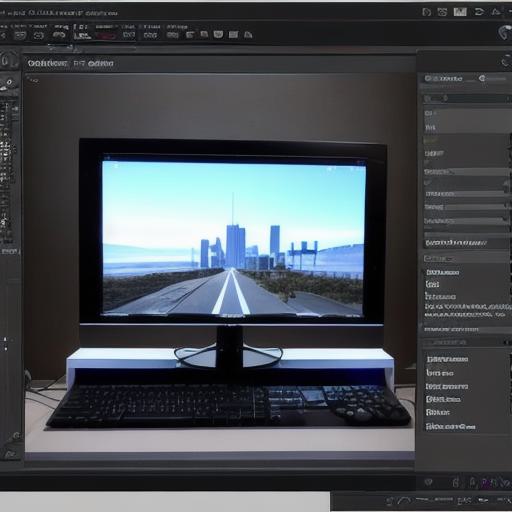Dear Web Developer,

You’ve asked about the essential concepts of Unity 3.x game development. Unity is a powerful cross-platform engine that caters to both beginners and seasoned professionals in game development, including web developers. In this comprehensive guide, we will introduce you to the fundamentals of Unity 3.x, focusing on aspects most relevant to your background as a web developer.
Why Unity?
Unity is an all-in-one solution for creating interactive 2D and 3D content. With its advanced features and easy-to-learn interface, it has gained massive popularity among developers worldwide. Unity’s versatility makes it a suitable choice for web developers looking to explore the world of game development or expand their skill set.
**Unity Components:**

- Scene: A scene is a 3D environment where you build and design your game. It holds all the objects that make up the game, including characters, props, cameras, lights, and more.
- GameObjects: GameObjects represent items in the scene, such as characters, buildings, or particles. Each GameObject has a component attached to it, controlling its behavior.
- Components: Components define the functionality of a GameObject. Examples include Rigidbody (for physics), MeshFilter (for rendering geometry), and BoxCollider (for collision detection).
- Materials: Materials define the visual appearance of GameObjects by altering their texture, color, and reflectivity.
- Scripts: Scripts add custom functionality to GameObjects. They can manipulate variables, control flow, and interact with other components.
**Working with Unity:**
- Assets: Assets include models, textures, animations, sound files, and scripts that you import into Unity. They enrich your game and make it more engaging for the players.
- Scripting: Unity supports C scripting, which is easy to learn for web developers with a programming background. Scripts can be used to control complex behaviors or create custom interactions.
- WebGL: WebGL is a JavaScript API for rendering interactive 3D and 2D content in the browser without the need of plugins. Unity supports publishing projects directly as WebGL, allowing your games to run on popular browsers like Chrome, Firefox, and Edge.
- Building and Publishing: Once you’ve finished developing your game, Unity provides various options for exporting it to different platforms, including web. Export settings such as screen size, resolution, and quality can be adjusted according to your needs.
Conclusion
Unity 3.x is a powerful tool that can help you expand your skills as a web developer by opening new possibilities in game development. With its intuitive interface, advanced features, and extensive support for web publishing, Unity offers an exciting and rewarding learning experience.
So why not give it a try and create your first interactive web game?
**Start Your Journey with Unity 3.
